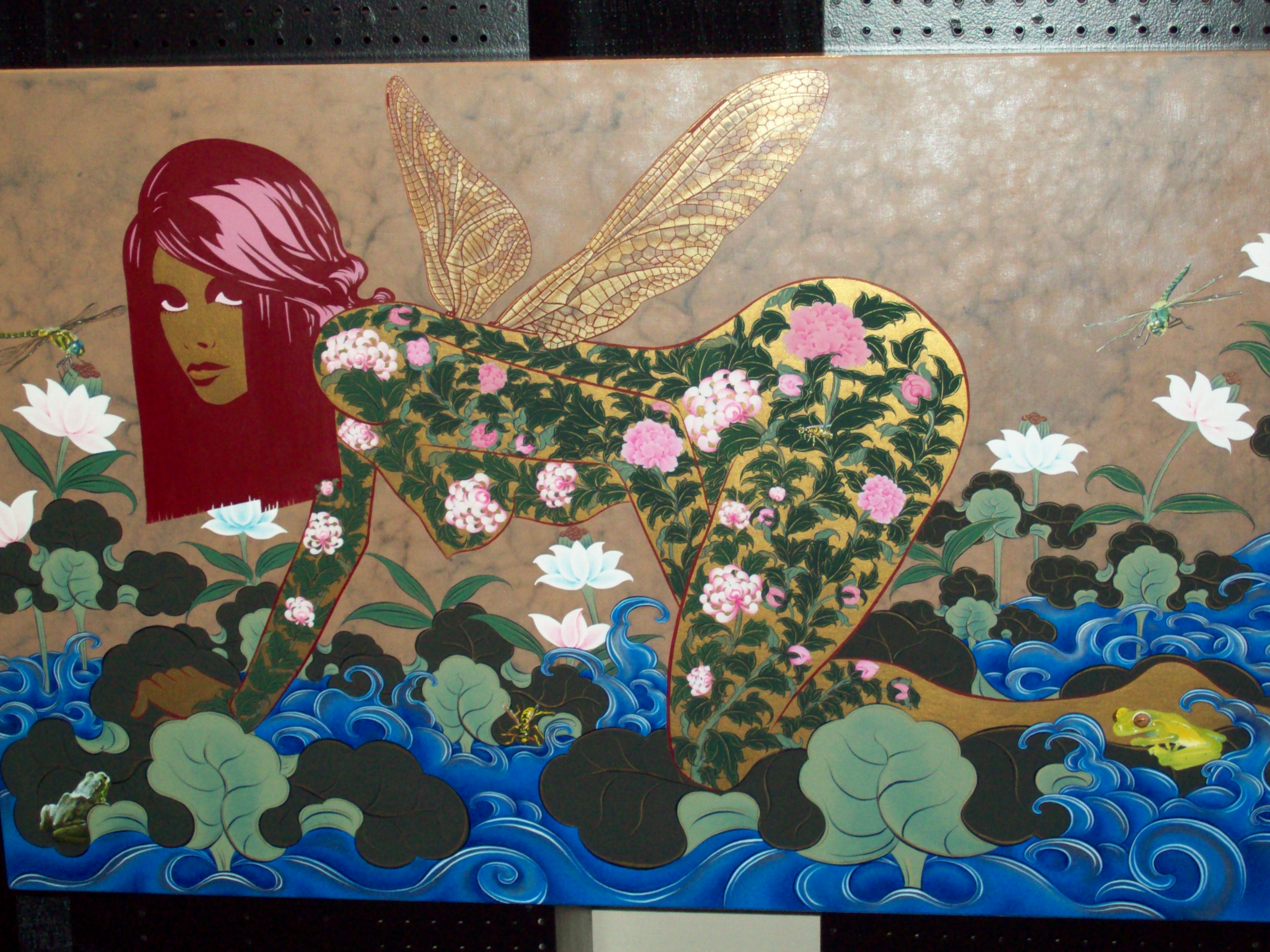FUTURISM
History
Futurism deals with events that are anticipated to come in the future.This movement started in the early 20th century and it emphasized speed, dynamism, energy, the strength of the machine and the vitality, and modernity.
In this movement, visual arts and poetry were were the most significant (John James White, 2015).
This all started in Italy 1909 when Filippo Tommaso Marinetti published his first manifesto 'Futurist Manifesto.' Umberto Boccioni, Gino Severini, Giacimo Balla and Carlo Carra were drawn by Marinetti's ideas because of belief of being translated into modern, figurative art which handled and explored features of movement and space(Wolf. J, 2017).
Characteristics
- Futurists had their paintings evoking all kinds of sensations that were not only visible to the eye.
- Futurism borrowed various aspects of Post-Impressionism, which were Symbolism and Divisionism adhering working in an eclectic manner hence making it not being identified
with a distinctive style.
- They used the new visual technology which influenced them in their paintings hence
showing movement in painting, and use of abstract art with rhythmic palpitating qualities
(Wolf. J, 2017).
- Most ideas from this movement where generated through writing and several manifestos.
| Sea Dancer, Gino Severini, 1913 |
The above painting is called the Sea Dancer, and as seen above it is broken light and colour into series of dots and also geometric forms using a style of divisionism.
Modern painting
Above is a painting of a woman or man sitted in the chair with his or right hand relaxed up the chair.
It is a futurist painting because of the geometric shapes used the use of colour and the overall painting is more of abstract at first sight but as you look at it closer you get to see understand it.
In conclusion, futurism has helped us to think of the future which today is often seen in movies like Iron man where things shown in a futuristic way hence expressing futurism.
Sources consulted
John James White, 2015, Global Britannica. Online. Available at:
https://global.britannica.com/art/Futurism
Accessed on:30/03/27
Wolf. J, 2017, The Art story: Futurism. Online. Available at:
http://www.theartstory.org/movement-futurism.htm
Accessed on:30/03/27
Colluna, 2017, Design is History. Online. Available at:
http://www.designishistory.com/1850/futurism/
Accessed on:30/03/27
Accessed on:30/03/27



